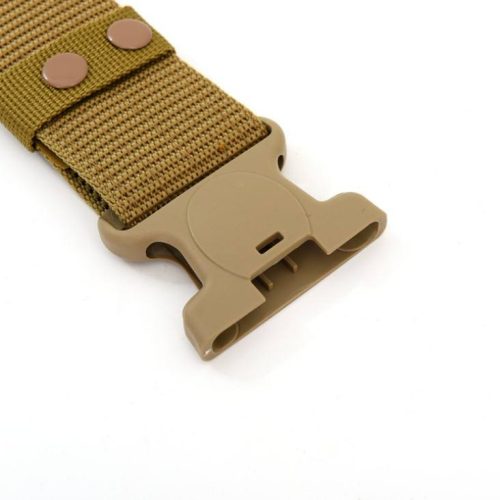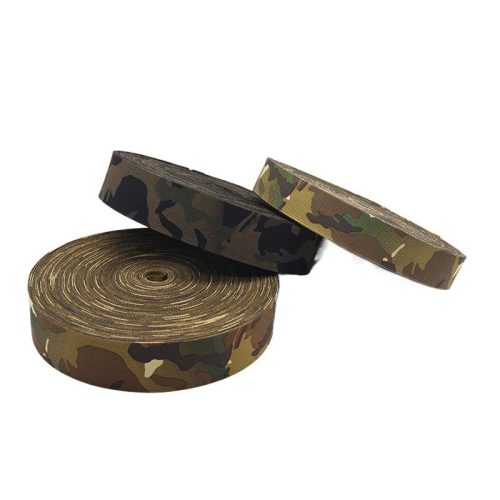Cotton webbing, a classic material with a history rooted in utilitarian functionality, has found a resurgence in modern applications due to its combination of timeless appeal and versatile adaptability. Here’s how cotton webbing, with its traditional origins, has been adapted to meet contemporary needs:
- Heritage and Nostalgia: Cotton webbing carries a sense of nostalgia and history, evoking a connection to the past. Manufacturers and designers are embracing this heritage, incorporating vintage-inspired designs and techniques that appeal to consumers seeking products with character and a sense of timelessness.
- Eco-Friendly Focus: In an era of increased environmental awareness, cotton webbing is being appreciated for its biodegradability and sustainability. As consumers seek eco-friendly options, cotton webbing made from organic or responsibly sourced cotton is gaining favor.
- Aesthetic Customization: Traditional cotton webbing serves as a canvas for creative customization. It can be dyed, printed, painted, and embellished to match modern aesthetics, allowing for individual expression and personalization.
- Hybridization: Combining cotton webbing with modern materials like synthetic fibers or sustainable alternatives results in hybrid products that maintain the natural look of cotton while enhancing performance and durability.
- Urban and Streetwear Fashion: Cotton webbing’s rugged charm is making its mark in urban and streetwear fashion. It’s used in belts, bag straps, and other accessories that reflect an edgy, utilitarian style.
- Functional Simplicity: Cotton webbing is employed in products that prioritize functional simplicity and comfort. It’s often used in backpack straps, bag handles, and harnesses, providing reliable support without compromising on comfort.
- Craftsmanship and Artisanal Detailing: The resurgence of interest in handmade and artisanal craftsmanship has given rise to products featuring handwoven, hand-dyed, or hand-stitched cotton webbing. This attention to detail adds uniqueness and value.
- Interior Design and Home Decor: Cotton webbing’s natural texture is being incorporated into interior design elements. It’s used for curtain tiebacks, decorative trim, and even furniture upholstery, adding a touch of rustic elegance to modern spaces.
- Event and Branding Applications: Cotton webbing is used in branding and promotional items, where its natural look and feel resonate well with brands looking to establish a more organic and authentic image.
- Retro Revival: The cyclical nature of fashion and design trends has brought back retro styles, and cotton webbing fits perfectly into this resurgence, providing an authentic touch reminiscent of past eras.
- Educational and Demonstrative Uses: Cotton webbing’s tactile qualities make it ideal for educational purposes. It’s used to demonstrate knot-tying, harnessing, and other safety techniques.
- Art and Creative Projects: Artists and crafters are utilizing cotton webbing as a medium for creative expression. It can be painted, stitched, woven, and combined with other materials to create unique works of art.
The adaptability of cotton webbing to these modern applications showcases its enduring relevance. While modern materials certainly have their advantages, cotton webbing’s natural charm, eco-friendliness, and customizable features position it as a versatile choice that bridges the gap between tradition and innovation.


